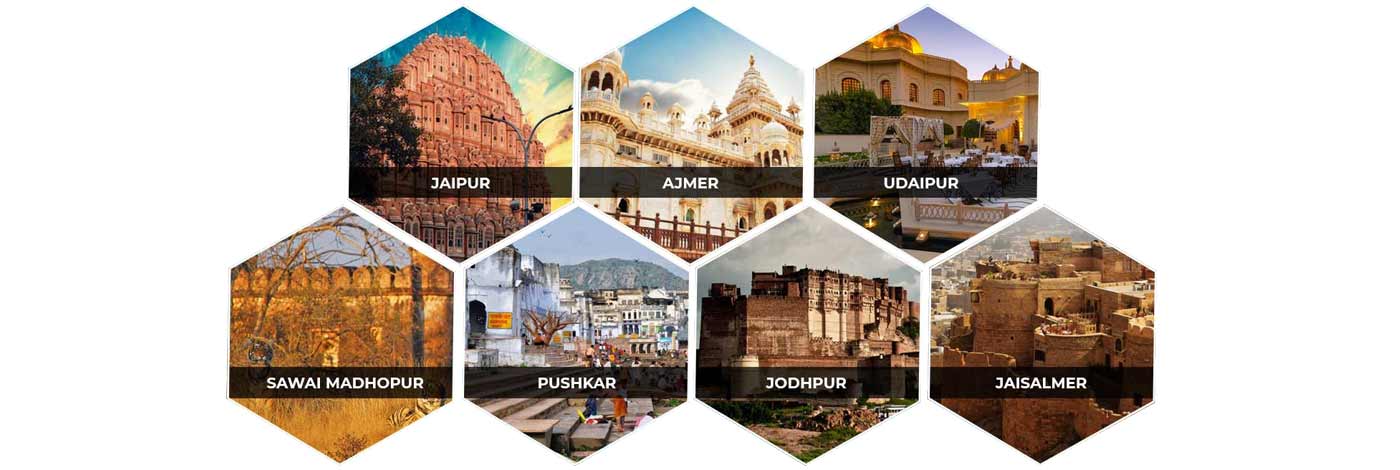
Jhalawar city
Jhalawar, once called Brijnagar is known for its rich natural wealth of vibrant flora and fauna. However, unlike other cities of Rajasthan, Jhalawar has a rocky but water-laden verdant landscape. Red poppy fields and orange laden orchards are strewn across Jhalawar, lending it a colourful look. They also contribute a major share to the production of citrus in the country. This place has a varied cultural heritage that includes many forts and palaces from the Rajput and Mughal periods. It is solely famous for the large numbers of temples and religious sites.
Jhalawar was named after its founder, Jhala Zalim Singh in 1838. He was the Dewan of Kota State and established the town as a cantonment, then known as Chaoni Umedpura near the existing Jhalrapatan Fort. At that time, the township was surrounded by dense forests which were home to many exotic species. The Dewan often came here to hunt and grew so fond of the place that he decided to turn it into a township. It was later turned into a military cantonment when the Maratha invaders passed through the city to capture Hadoti states.
What to see
Jhalawar Fort
In the centre of town, the fort now houses the Collectorate and other district offices. The Janana Khas of the fort has some, exquisite paintings on walls and mirrors. Permission to see these paintings can be obtained from the office located there.
Government Museum
One of the oldest museums of Rajasthan, it was established in 1915. Paintings, rare manuscripts, idols, and exquisite statues of Lakshminarayan, Vishnu, Krishna, Ardhanarishvar Natraj and Trimurti are specially noteworthy.
Bhawani Natya Shala
An interesting building constructed in 1921 where Parsi theatre was performed. Close to the fort, it has recently been revived and gives a very good insight into the theatre-art.
Excursions
Rein Basera
6 km. A beautiful wooden cottage located on the banks of Kishan Sagar, to the west of Jhalawar. Most interesting fact is that it was originally built elsewhere and then transported to its present location, retaining much of its original design. It is a popular picnic spot.
Chandrabhaga Temples
7 km. Located on the banks of the Chandrabhaga river, this complex has very beautiful temples some dating back to the 7th century. The Chandramaulishwar Mahadeo temple provides a very good example of temple art. The carved pillars, the arched gateways and the exquisite worksmanship make these temples outstanding.
Jhalarapatan
6 km. Jhalarapatan, the city of bells is quite unique. Its entire township resides within a wall. It was believed to have been built basically to protect the trade caravans as Patan happened to be a junction of carvan routes.The pride of ihalarapatan is the 10th century Suryatemple. The idol of Surya, the lovely sculptures on this massive temple is impressive The 11th century Shantinath Jain temple is known for fine murals and sculptural richness
Gagrom Fort
The foundation of this magnificent fort was laid in the 8th century and the fort was completed in the 14th century. It is surrounded on three sides by the waters ofthe Ahu and Kali Sindh rivers Outside the fort is themausoleum of a Sufi saint where a fair is held every year during the month of Ramzan. It is famous for parrots.
Buddhist Caves and Stupas
90 to 100 km The ancient Buddhist caves located invillage Kolvi are of great importance A colossal figure of Buddha, the carved stupas are some of the highlights of these caves
Dag
100 km It is famous for its 12th century temples of Dageshwari Mata, Rani-ka-Makbara and Kama Vameshwar Mahadeo Visiting Dag can provide some interesting Insights into the rural way of life as well
Kakuni
65 km Ancient ruins of an old township of temples are lying here There is also a huge idol of Lord Ganeshakm, and an 8th century Shiva linga Ruins of Bhimgarh fort, built by Raja Bhim Deo, lie on the other side of the Parvan river.
Bhimsagar
24 km Dam built on Ujad river, this place was an old capital of Khichi Chauhan rulers Ruins of palaces, temples and mosques are found in Rajput and Mughal architecture.
Atishey Jain Temple, Chandkeri
35 km. This 1 7th century temple is noteworthy for its architecture.
Rajasthan Cities
As one of the largest states in India, Rajasthan covers a majority of the Great Rajasthan Desert. Attracting tourists from different parts of the world, this culturally and traditionally rich state is a perfect holiday destination throughout the year. The multiple cities located within Rajasthan reflect the true essence of Rajasthan and bring out the princely feeling which symbolises courage and royalty in India. All the cities of Rajasthan are connected by railways and roadways. Enjoying at these destinations is one of the best things to do during your sojourn. Also, winter is the best time to visit Rajasthan.
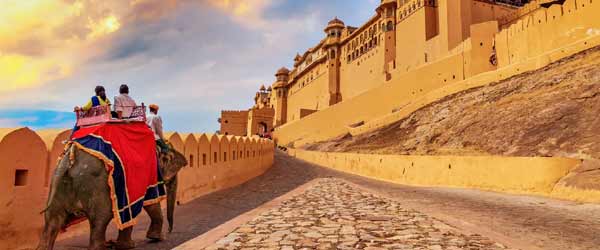
Jaipur city
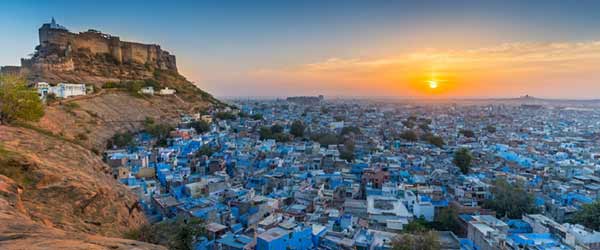
Jodhpur city
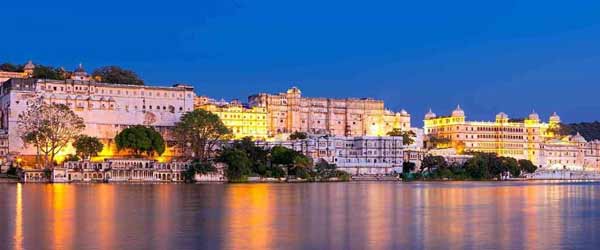
Udaipur city
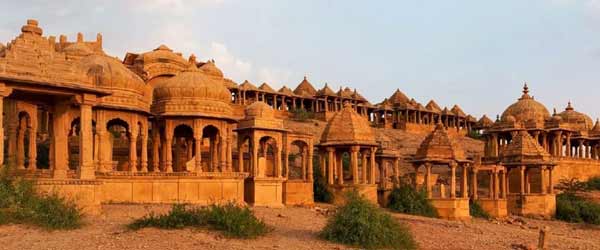
Jaisalmer city
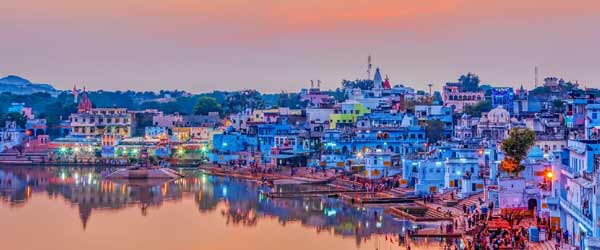
Pushkar city
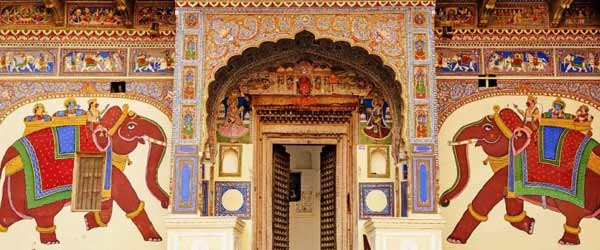
Shekhawati city
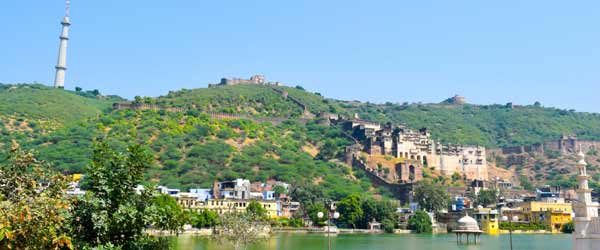
Bundi city
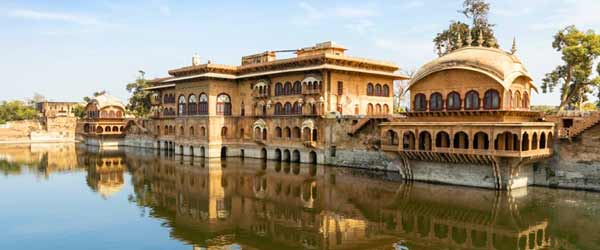
Bharatpur city
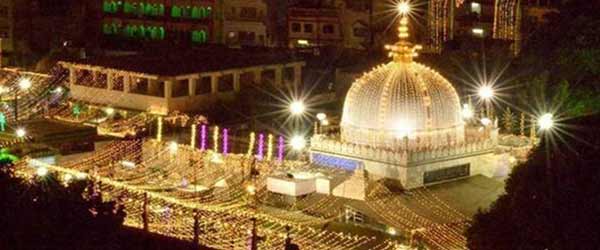
Ajmer city
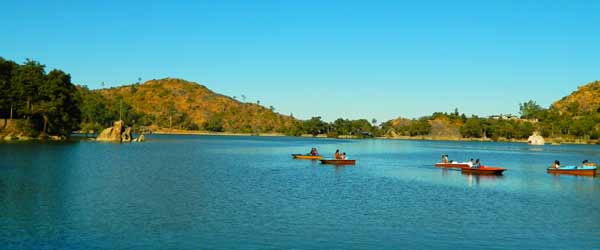
Mount Abu city
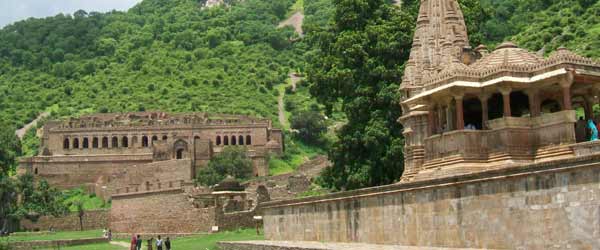
Alwar city
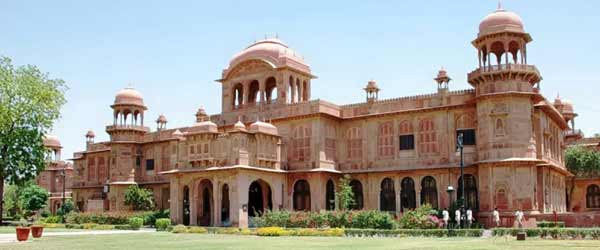
Bikaner city
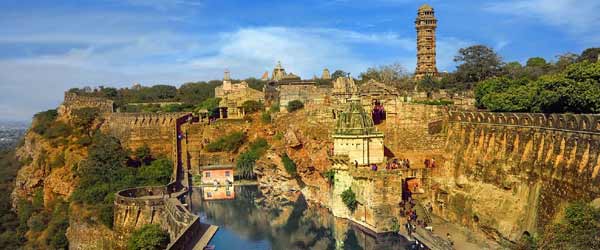
Chittorgarh city
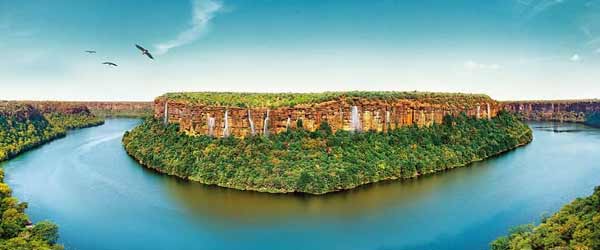
Kota city
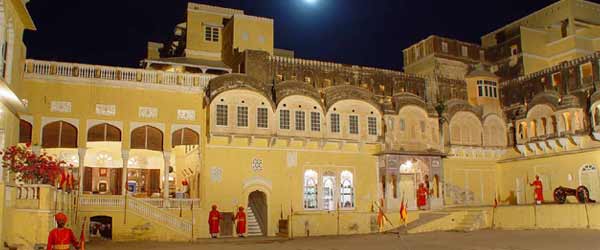
Mandawa city
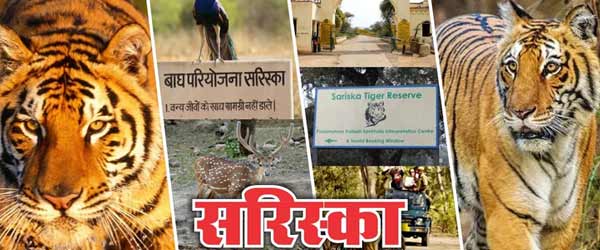
Sariska city
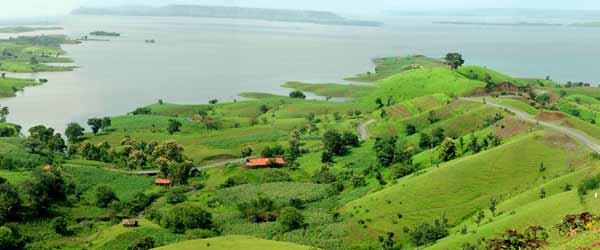
Banswara city
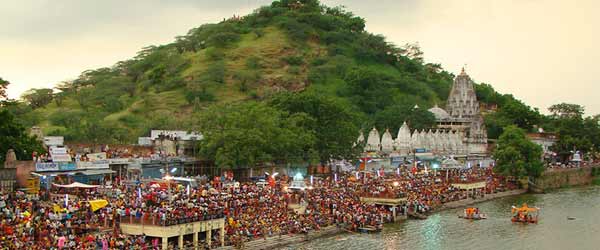
Dungarpur city
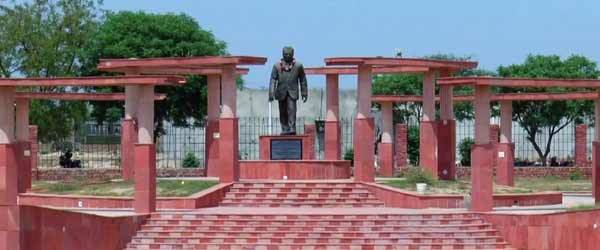
Ganganagar city
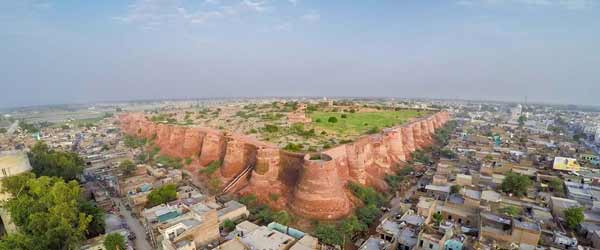
Hanumangarh city
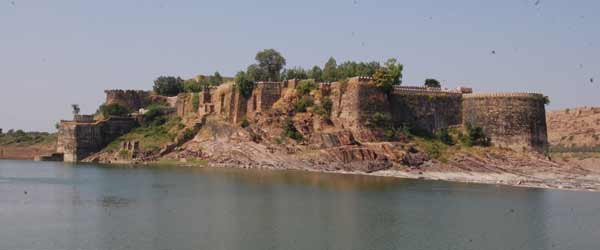
Jhalawar city
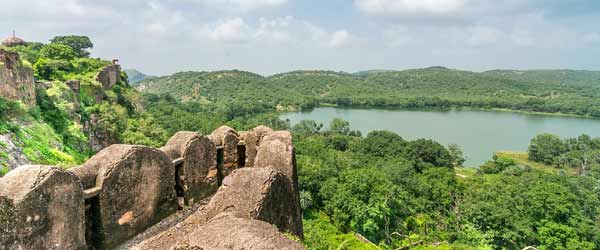
Sawai Madhopur city
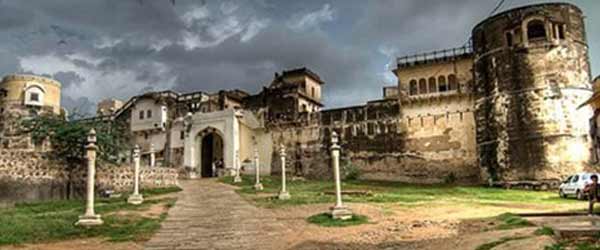
Mukundgarh city
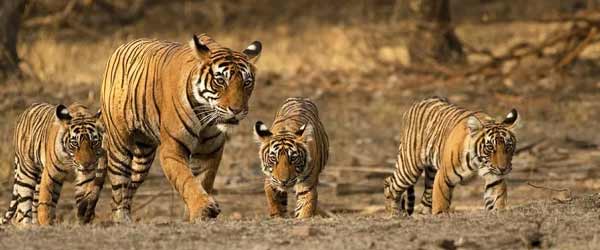
Ranthambhore city
 +91 9549279999
+91 9549279999 